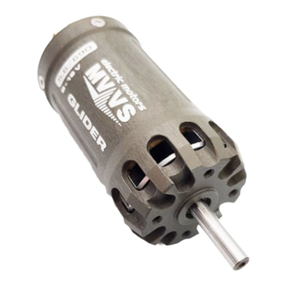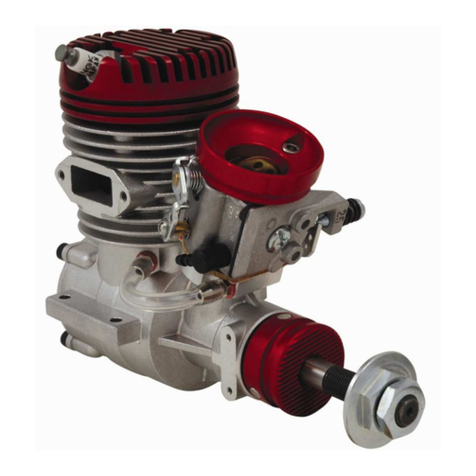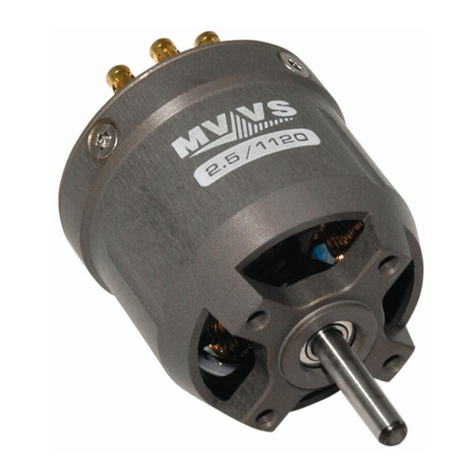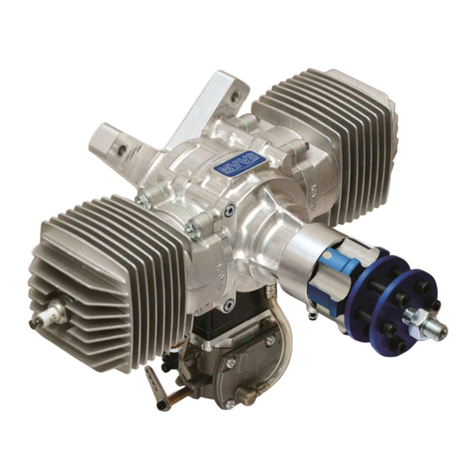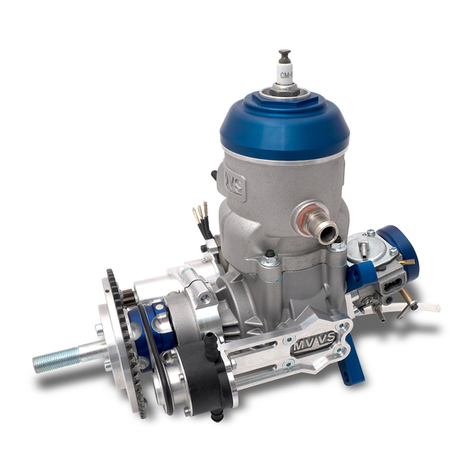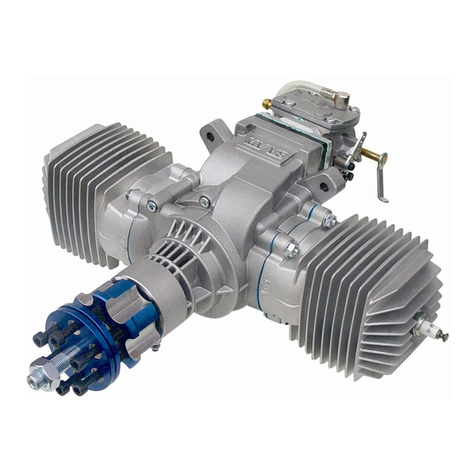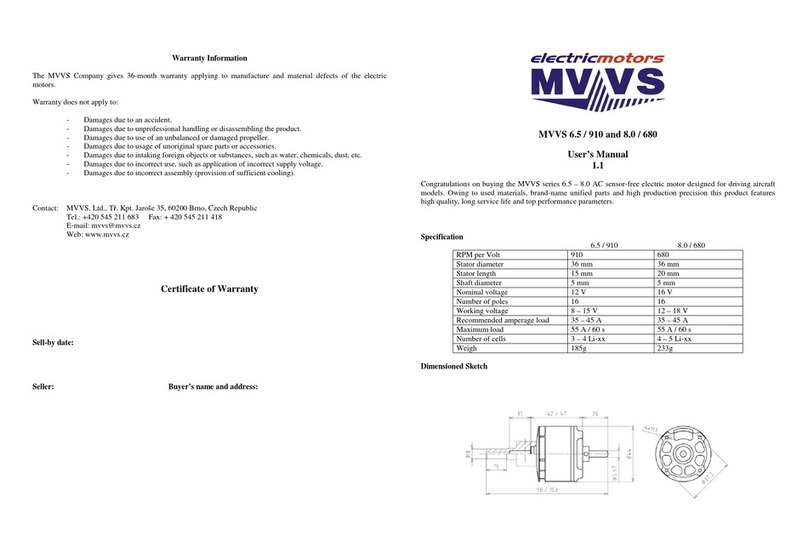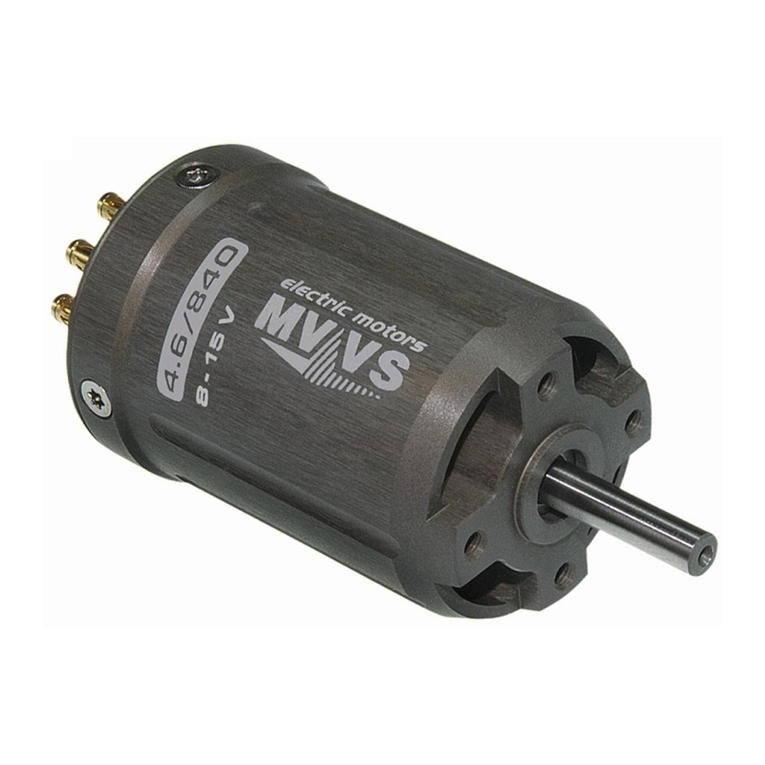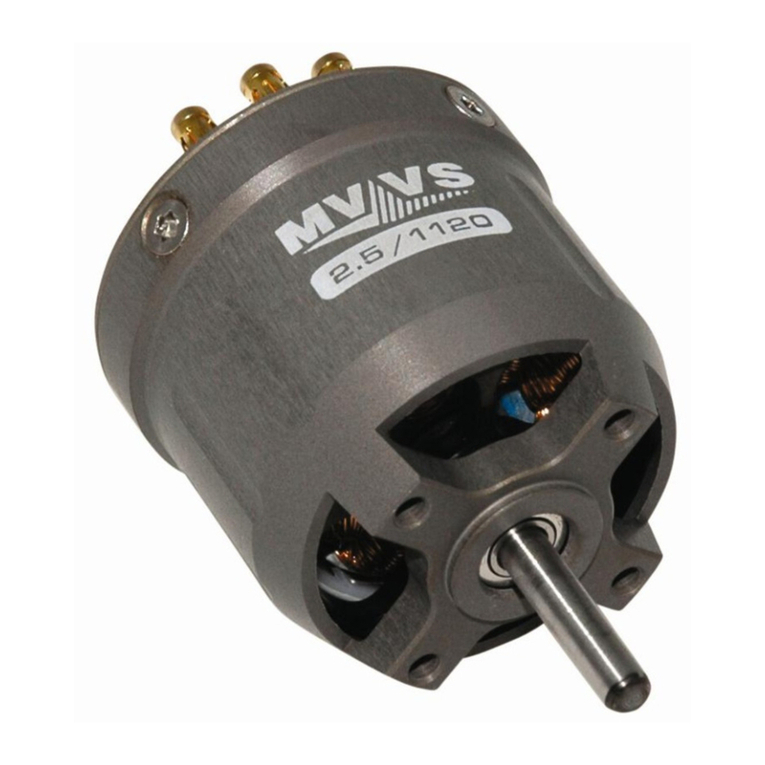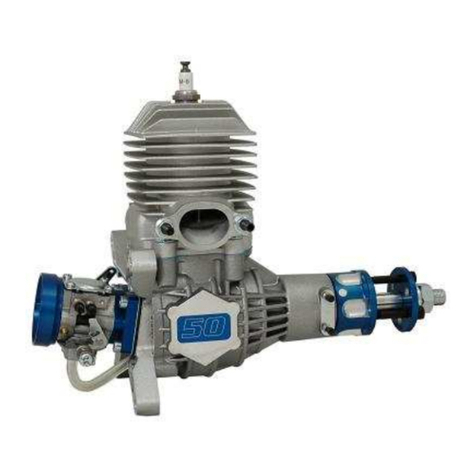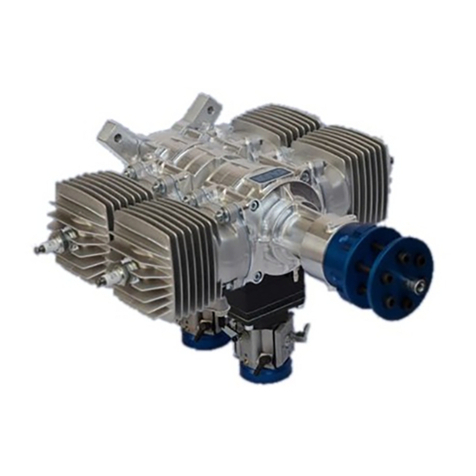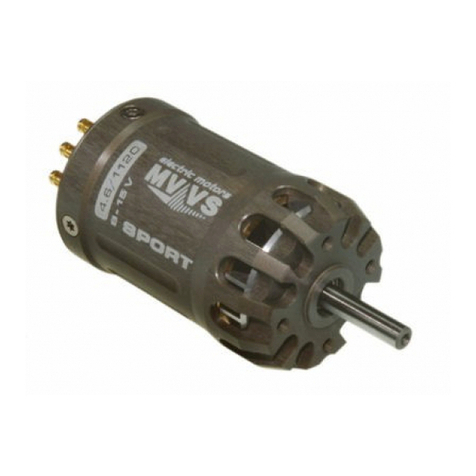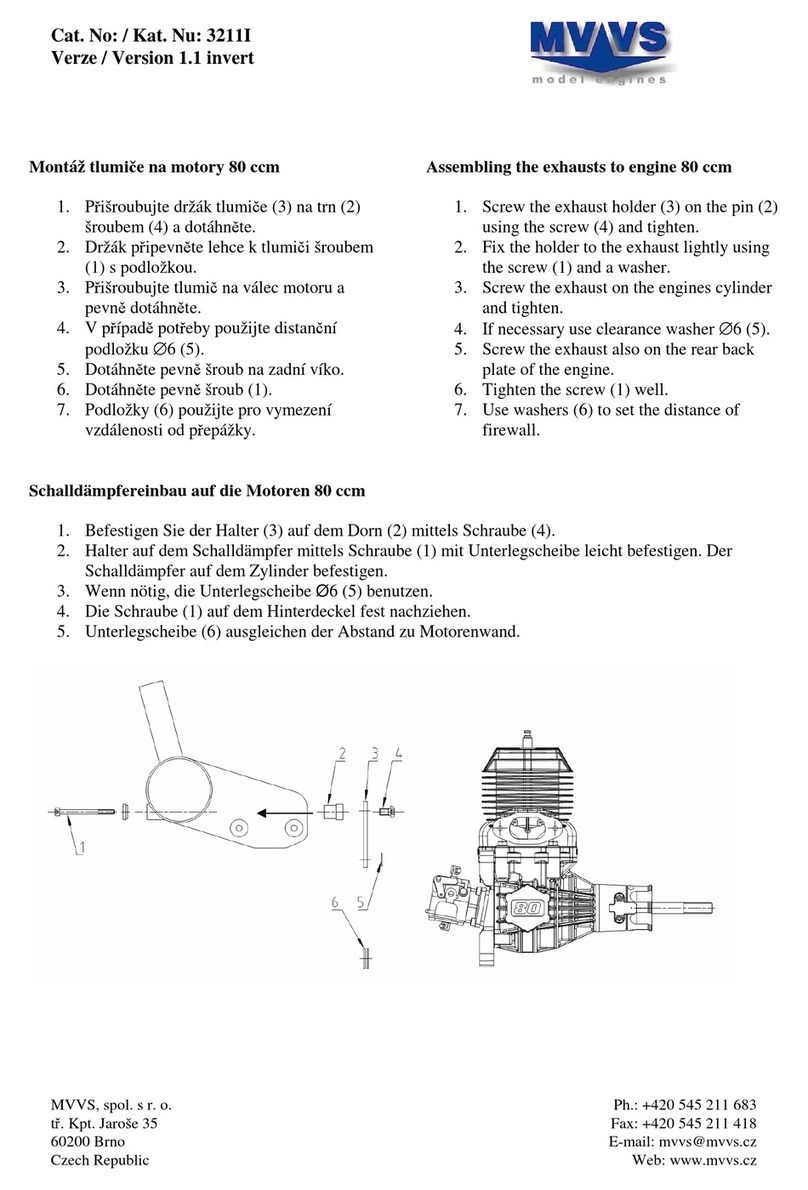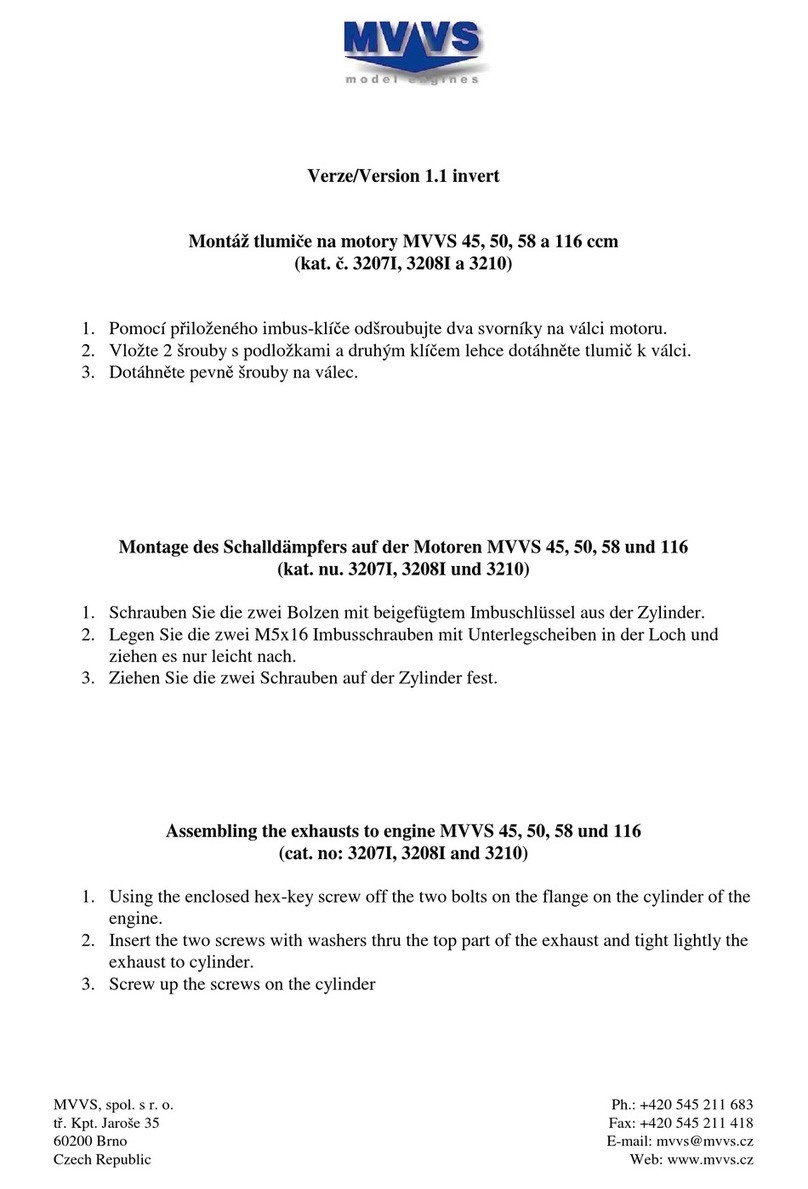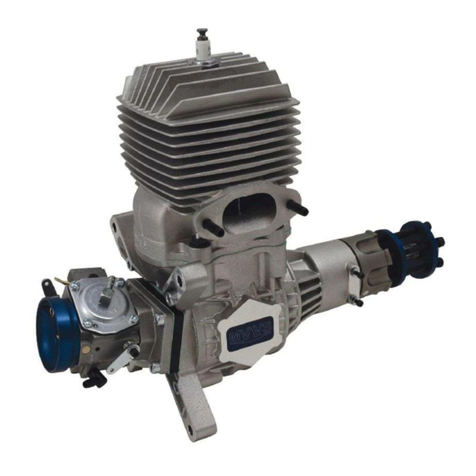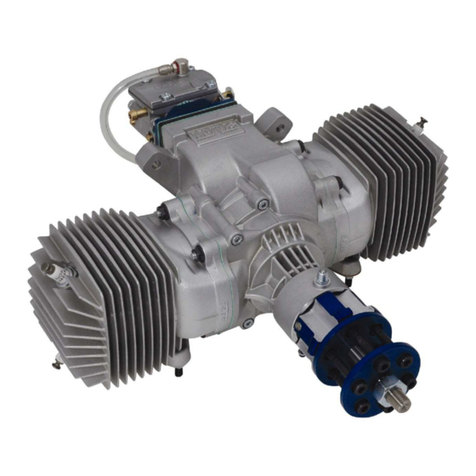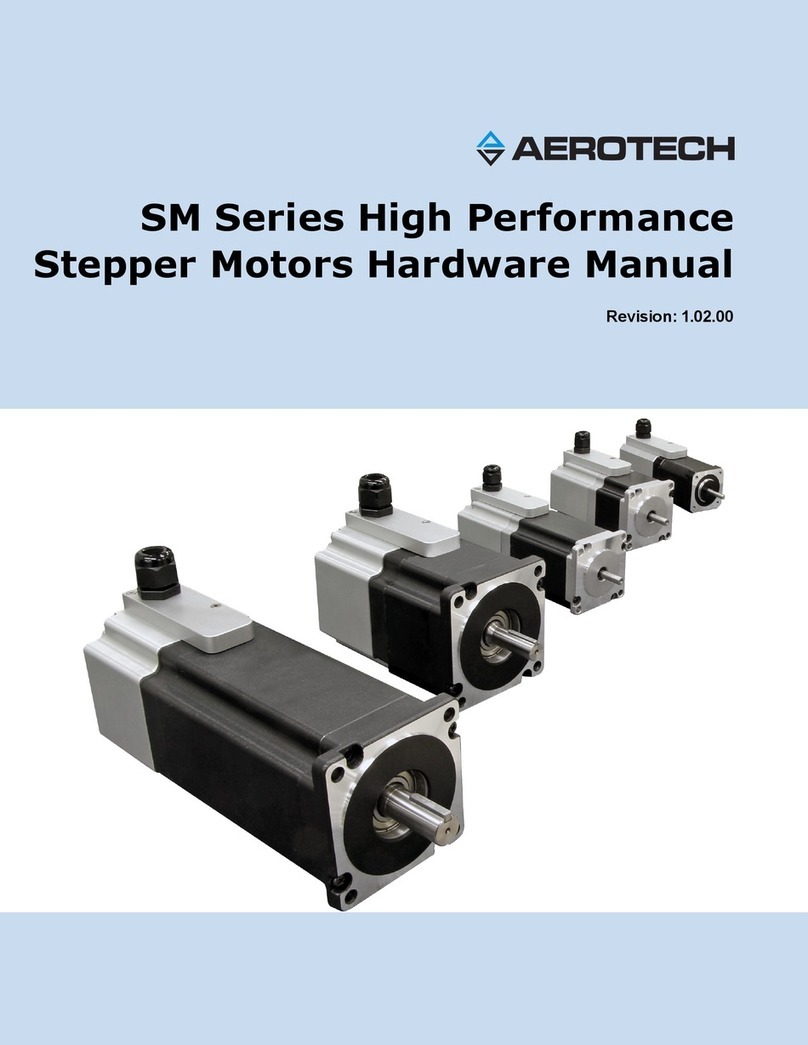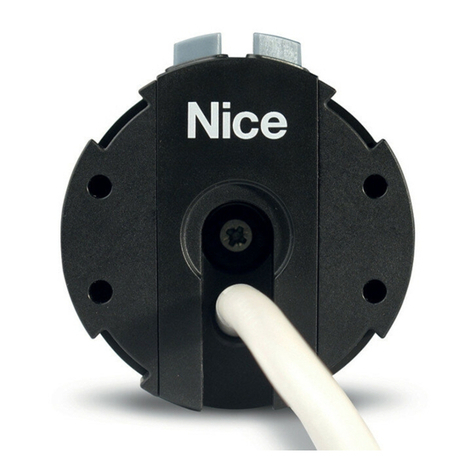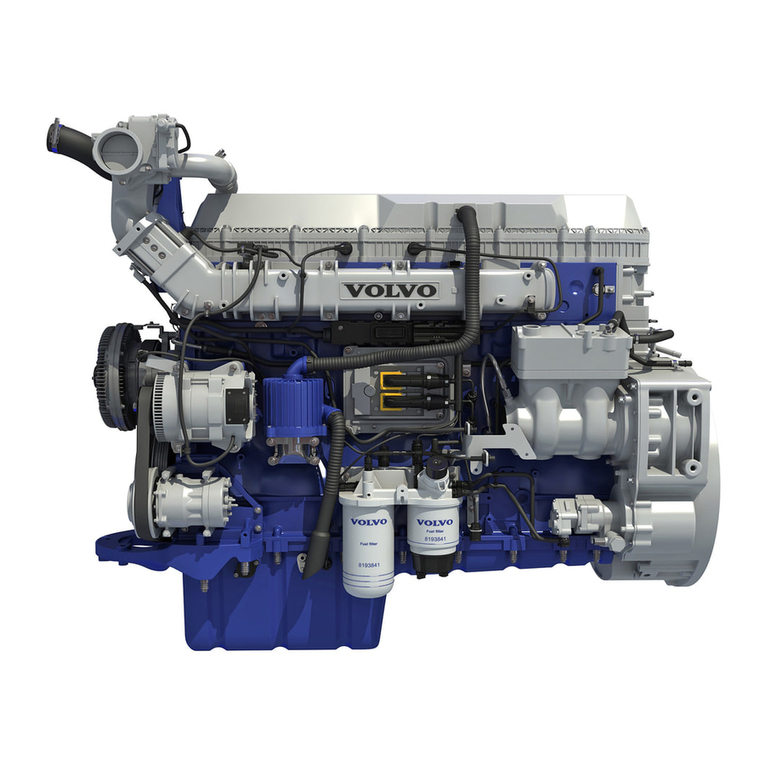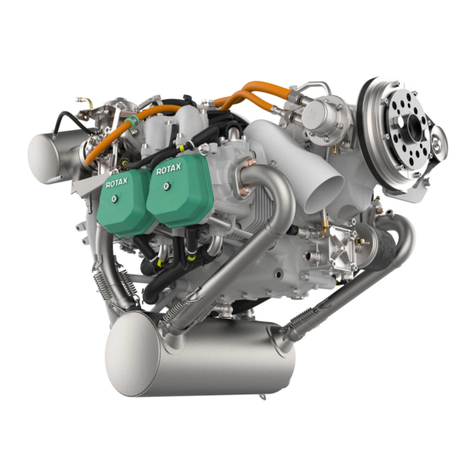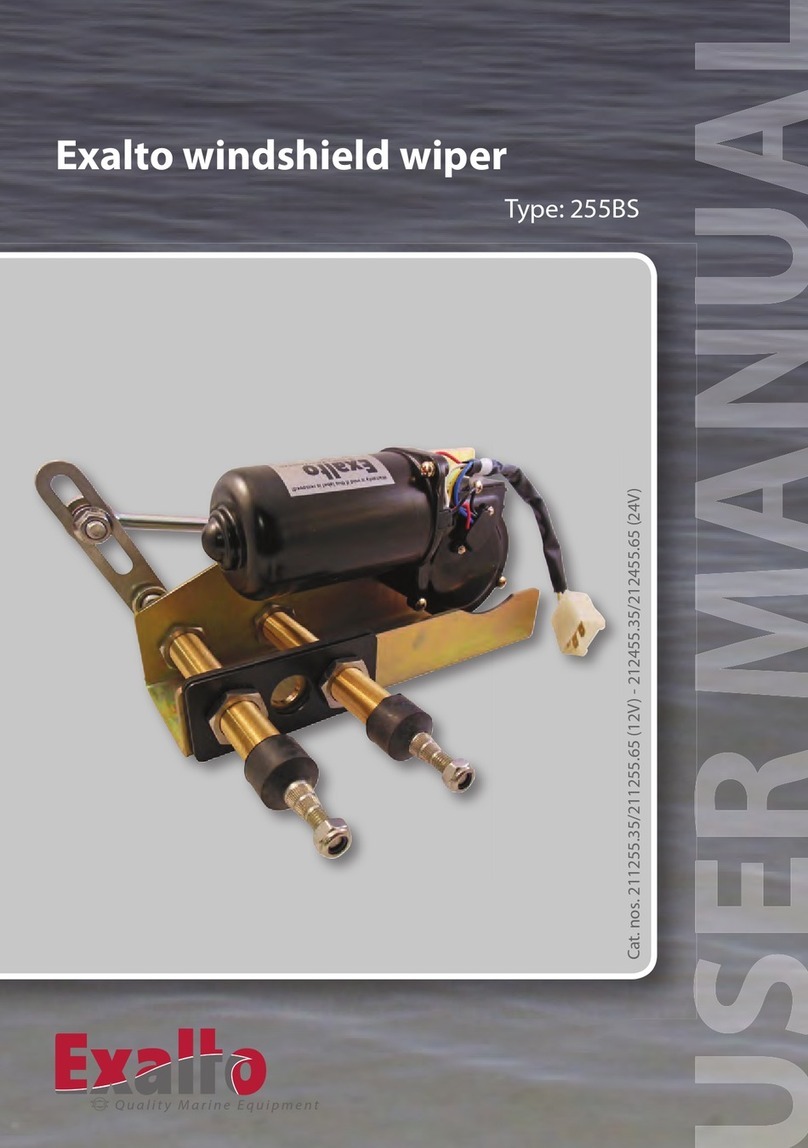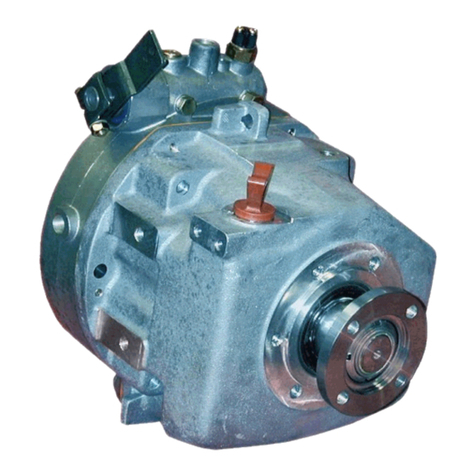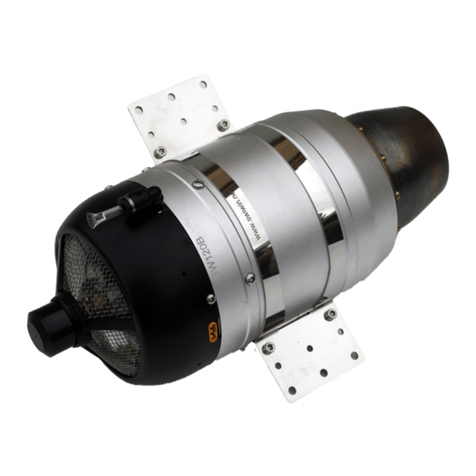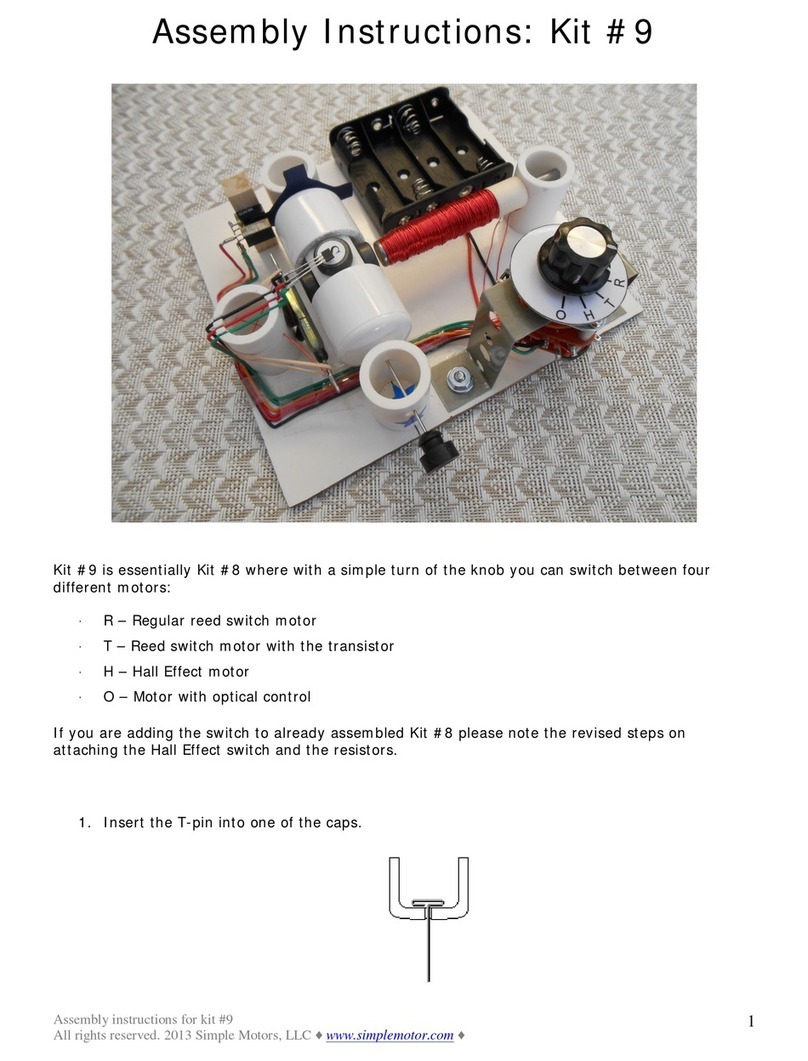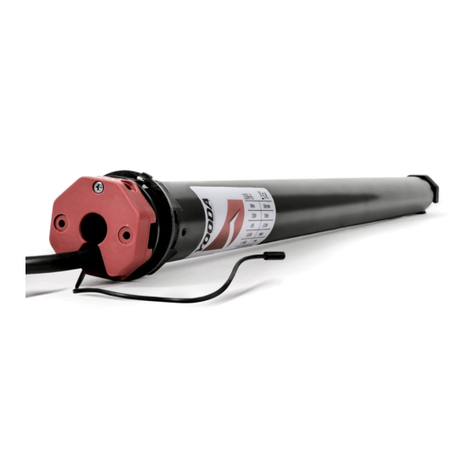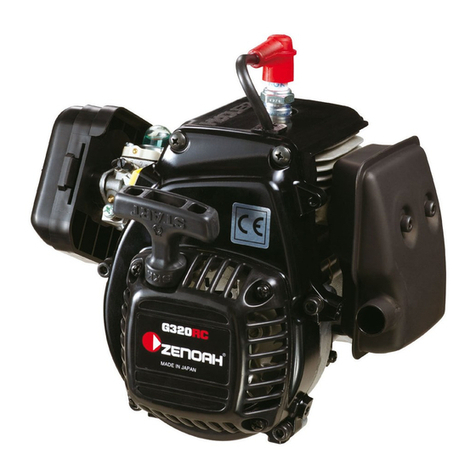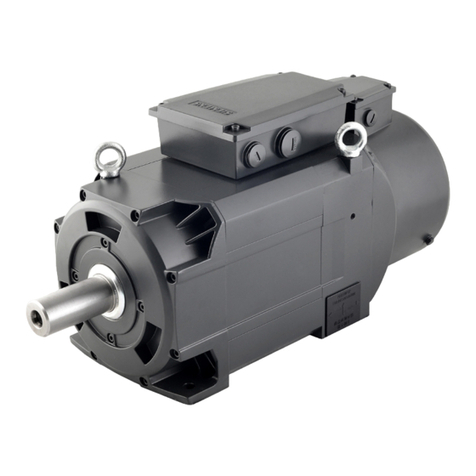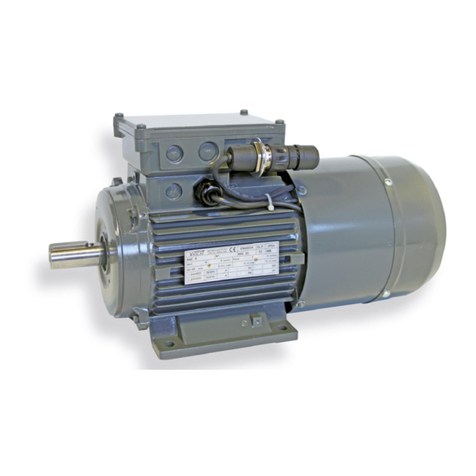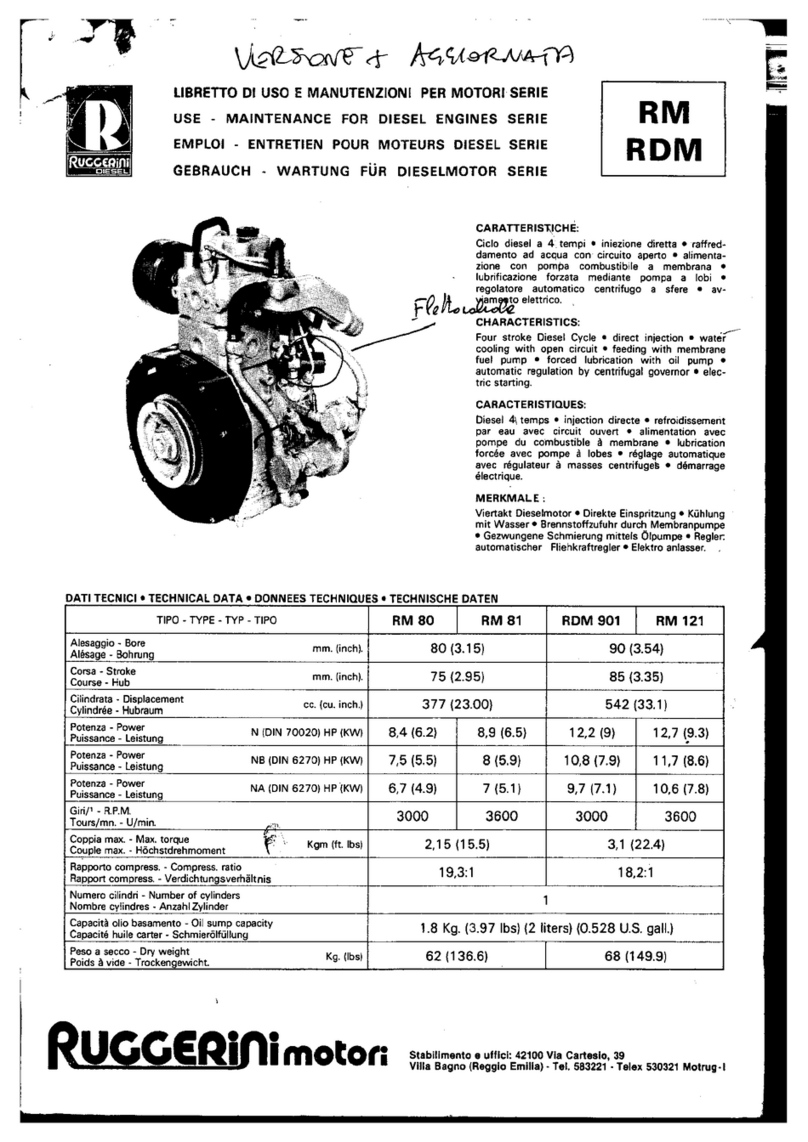Step I Accelerate to 2/3 of the throttle range within approx. 1 sec (faster acceleration). Repeat three times – if the
engine accelerates quickly and without a hiccup go to Step III. If acceleration is not smooth go on to Step II.
Step II
Faulty acceleration with hiccups and a tendency to cut out is usually attributable to a poor fuel mixture in
the medium-revolutions range. Stop the engine and recheck the fuel feed (the hose-pipe must not be pinched or broken;
if fitted, check also the fuel filter permeability). Restart the engine and test acceleration again. If problems persist adjust
the carburetor. Open the adjusting needle L by 5 min and retest acceleration. If acceleration is smooth, open the needle
by another 3-5 min - this should be done because the needle was previously set at a boundary value; if atmospheric
conditions changed during flight, the problems might recur.
If the engine continues to not accelerate properly open the low speed needle by 10 minutes. If the engine’s
operation does not improve, shut it off and check the basic setting. Set the adjusting needle L at 1 turn and 50 min and
the adjusting needle H at 1 turn and 10 min., restart the engine and test the acceleration. If the engine runs correctly go to
Step III. If it continues to not accelerate properly, open the low speed needle by another 10 minutes. If acceleration is
faulty, the defect is likely to lie somewhere other than an adjustment.
Step III
If the engine accelerates correctly, according to the above test, set it at idle speed and accelerate to full
speed. Repeat twice more. If the engine functions correctly, go to Step IV. If it cuts out, open the L needle by 5-10
minutes more.
If the engine does not respond to acceleration fast enough, keep closing the L needle until the engine starts
to cut out in response to throttle opening. At that point reopen the L nozzle by 5-10 minutes.
Step IV If the engine reacts correctly set it at full speed. If revolutions do not drop, the engine has been adjusted
successfully. If revolutions seem to drop, open the adjusting needle H by about 5-10 minutes.
Caution!!! The engine must be stopped while you adjust the carburetor in order to prevent injury by the propeller.
Starting and running in a new engine
Before you first start the engine, make sure that the plug is screwed in and tightened up and that the plug socket is fitted
in place and fastened down properly.
Fix the ignition sensor in proper position above the magnet with screws enclosed.
Unless the spark plug is inserted in plug socket, never turn the engine with ignition turned on.
This could lead to ignition damage!
1) Make sure that the ignition is switched off, the choke valve is closed and the throttle valve is about half opened. Then
give the engine 3-4 turns, provided that carburetor is not overflowing. If it is overflowing, only give the engine 1-2 turns.
2) Switch the ignition on, close the choke valve, set the throttle at slightly higher idle speed and give the engine a few
quickly turns. If even after the fourth turn, with the choke valve closed, you do not hear a suggestion of the engine
starting, give the engine 2 turns following the instructions in paragraph 1 above. Then proceed according to instructions
given in paragraph 2.
3) If the engine does not start even after another set of turns open the choke valve and the throttle to maximum and give
the engine approx. 4 turns. Switch the ignition off and on again and restart the engine with throttle turned slightly down
and the choke valve set open.
4) If the engine still would not start, unscrew the plug and check its contacts. Clean any possible petrol moisture (i.e. an
indication of engine overflow) and screw it in again. Further starting should only be done with the throttle turned down.
If the plug is dry then probably not enough fuel has been drawn into the carburetor. If that is the case, check the fuel feed
and then return to the instructions given in paragraph 1.
Having started the engine, leave it running for about 5 minutes at a higher idle speed. Then run it in for about 10 min,
while changing revolutions from idle to 1/2-3/4 of the range and shortly holding each position - gradually prolong the
holding periods. After 10 minutes of operation, open the throttle at maximum for a period of about one minute. At this
point stop the engine and let it cool down. Then restart it and check the adjustment. If everything is all right, you can first
take off. During first few flights do not overload the engine and do not let it run at high revolutions for long periods of
time (very important at hot weather). Use up all fuel that was produced as a mixture with the oil (we recommend the
MOBIL Racing 2T). From now on, fuel and oil should be mixed in the proportion 40:1.
DO NOT PROCESS THE RUNNING-IN AT IDLE SPEED!
You should get following results if the engine is settled up and in run correctly
Engine Propeller RpM Exhaust
APC 20/8 8000 – 8100 3268
Mejzlik 22/10 7050 – 7100 3268
Mejzlik 22/10 6400 – 6500 3271
40 IFS
APC 20/8 7700 – 7800 3271
These values are only approximate and may vary with the factors described in the previous section, as well as with the
type of the exhaust system used.
Problem guide
The engine does not start:
-check and possibly replace the spark plug (check the spark: put the plug into the cable end and by
turning the engine you’ll see the necessary spark. Note: The plug must touch a metal part of the
engine.)
-check the fuel lines
-turn the engine to check its mechanical condition
-check that the carburetor nozzles are adjusted correctly
-remove the carburetor and visually examine the condition of the carbonfibre reed valve
-remove the carburetor cover from the feed side; check the filter and blow off carburetor with
compressed air; (Caution: When using compressed air, use eye protection.) When re-assembling be
careful of maintain the proper order of the components
-recheck the pressure hose attached to the carburetor
Mechanical faults:
-If the engine can not be turned over easily:
-a likely cause is the piston in the cylinder is seized: loosen and unscrew the M4 bolts on the cylinder
head
-visually examine the piston and crankcase to find the likely cause of the engine’s mechanical problem
-mechanical repairs must always be completed by a professional service department
Service suggestions
After each 20 hours of running or 1 year change the spark plug.
After 100 hours of operation time commit the engine to the professional service department for check-up.
Re-assembling
These operations are very complicated and it is not recommended to do it on your own. Please commit to professional
service.
Possible guide instructions we publish are as follows:
Demount rear cover, head and carburetor. It is not possible to re-assemble the engine unless the cylinder part of the
engine is heated up to 80° - 100°C. Then it is possible to remove steel piston insert without rotating (!). Next step is
piston and connecting rod removal. Crankshaft has to be in the top dead centre (TDC). Pull off the connecting rod from
pin on the crankshaft in direction to rear cover out of the crankcase. After getting off the drive washer and Woodruff
(safety) key, it is possible to pull out the crankshaft again in direction to rear cover out of the crankcase. You will get the
bearing out after heating up (again between 80°- 100°C). Assembling passes off in opposite meaning.




